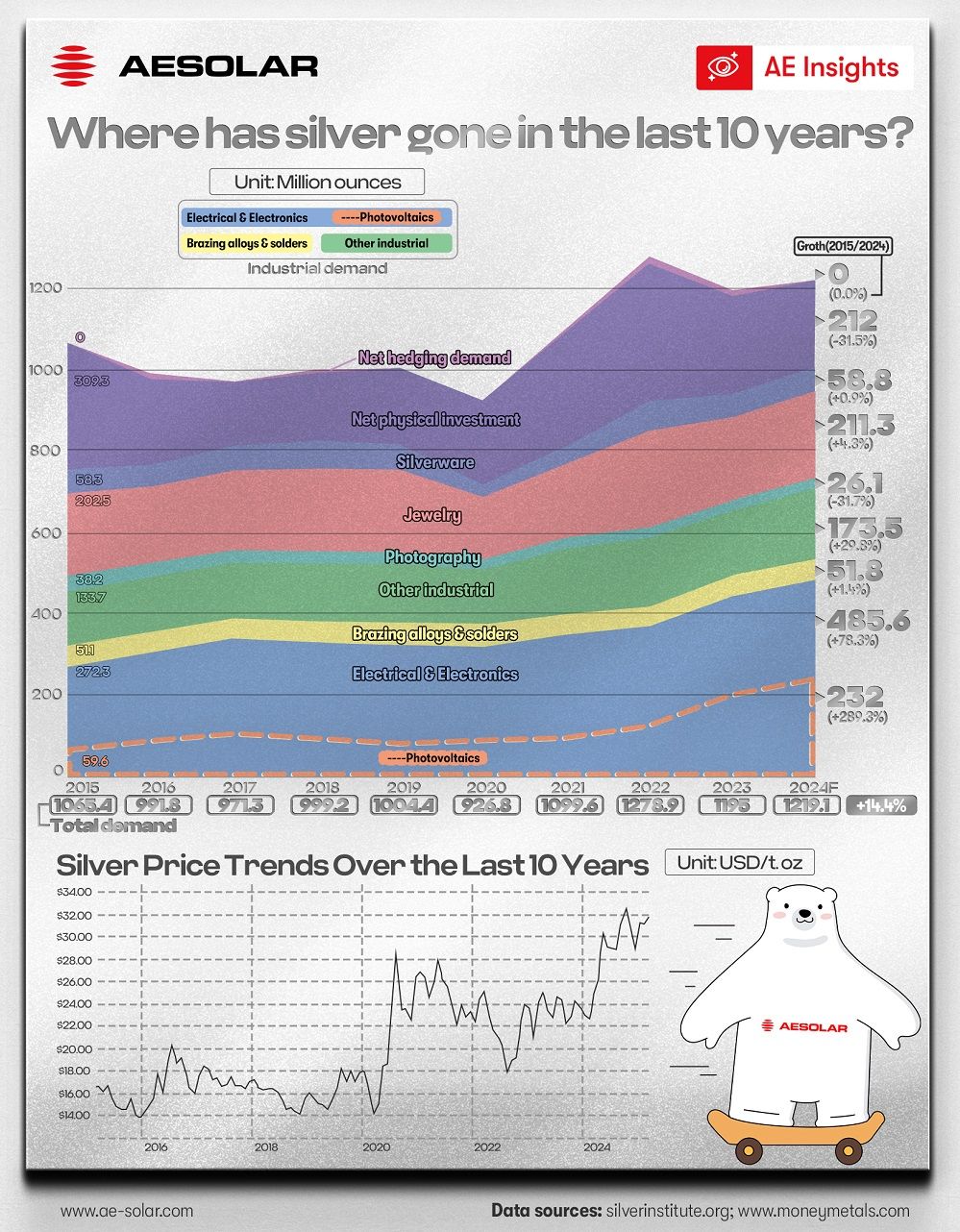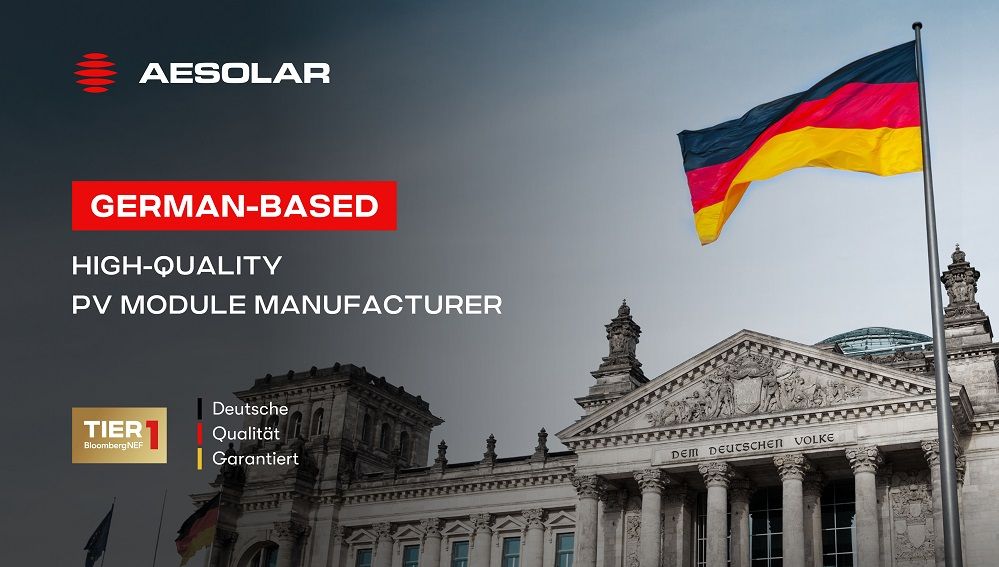Silver, renowned for its luster and value, plays a pivotal role in various industries due to its exceptional electrical and thermal conductivity, reflectivity, and antimicrobial properties. Over the past decade, the demand for silver has evolved, reflecting technological advancements and shifting industrial needs
The Demand for Silver Across Different Sectors
Historically, silver's allure was predominantly in jewelry, currency, and ornamental artifacts. However, in recent years, industrial applications have dominated its consumption. Notably, over 50% of global silver consumption is attributed to the electronics sector, where it's integral in manufacturing printed circuit boards, semiconductors, and electrical contacts. Key sectors include:
Electrical & Electronics: Silver is extensively used in manufacturing printed circuit boards, semiconductors, and electrical contacts. In 2023, the electrical and electronics sector consumed approximately 445.1 million ounces (Moz) of silver, marking a 20% increase from the previous year.
Photovoltaics: The solar energy sector has seen a remarkable surge in silver usage. In 2023, silver demand for photovoltaics reached a record 193.5 Moz, a substantial 64% increase from 2022.
Brazing Alloys & Solders: Silver's ability to withstand high temperatures makes it ideal for brazing and soldering applications. In 2023, this sector consumed approximately 50.2 Moz of silver.
Jewelry and Silverware: Silver's aesthetic appeal ensures its continued demand in jewelry and silverware. In 2023, jewelry fabrication accounted for 203.1 Moz, while silverware demand was 55.2 Moz.
Photography: With the advent of digital technology, silver demand in photography has declined over the years, standing at 27 Moz in 2023.

The Demand for Silver in Photovoltaics
The photovoltaic (PV) industry has been a significant driver of silver demand. Silver is a crucial component in PV cells due to its excellent electrical conductivity, which enhances the efficiency of solar panels. Each solar panel contains a small amount of silver in the form of silver paste, applied to the surface of PV cells to capture and conduct electrons.
The global push towards renewable energy has led to an exponential increase in solar installations. In 2015, the photovoltaic industry consumed approximately 60 Moz of silver. By 2024, this demand is projected to reach 232 Moz, marking a 289% increase over the decade. This surge aligns with the global expansion of solar capacity, which grew from 229.06GW in 2015 to an estimated 1,418.97 GW in 2023.
Silver Price and Supply
Silver prices have experienced fluctuations over the past decade, influenced by various factors, including industrial demand, investment trends, and geopolitical events. In the begining of 2025, silver prices reached their highest levels since late 2014, trading at approximately $33.41 per ounce. This upward trend is attributed to increased industrial demand, particularly from the solar energy sector, and investor interest seeking alternatives to gold.
On the supply side, global silver mine production has faced challenges. In 2023, mine production fell by 1% to 830.5 Moz, affected by factors such as labor strikes and lower ore grades. Despite these supply constraints, the robust demand has led to significant market deficits. In 2023, the silver market experienced a deficit of 184.3 Moz, marking the third consecutive year where demand outpaced supply.
The Role of Silver Moving Forward
Silver's versatility ensures its continued prominence in various industries. Its role in green energy solutions, particularly in solar panel manufacturing, positions it as a critical metal in the transition to sustainable energy sources. As technologies evolve and new applications emerge, silver's unique properties will likely drive its demand further, solidifying its status as both a precious metal and an indispensable industrial commodity.
In conclusion, over the past decade, silver has transitioned from traditional uses to become a cornerstone in modern technological advancements, especially in solar module manufacturing. As the world continues to prioritize sustainability, silver's role is set to become even more significant in the years to come.

About AESOLAR
Established in 2003 in Königsbrunn, Germany, AESOLAR has emerged as a leading Tier 1 photovoltaic module manufacturer, recognized for its commitment to quality and innovation. With a presence in over 100 countries, AESOLAR continues to drive the global transition to sustainable energy solutions. Our diverse product portfolio caters to various applications, from large-scale power plants to distributed generation systems. As a 16-time BloombergNEF Tier 1 PV Module Manufacturer, we are committed to leading the industry with innovative applications and exceptional performance.
For more details or inquiries, reach out to:
Email: sales@ae-solar.com
Tel: +49 8231 9292522
Click for more information about AESOLAR products HERE
